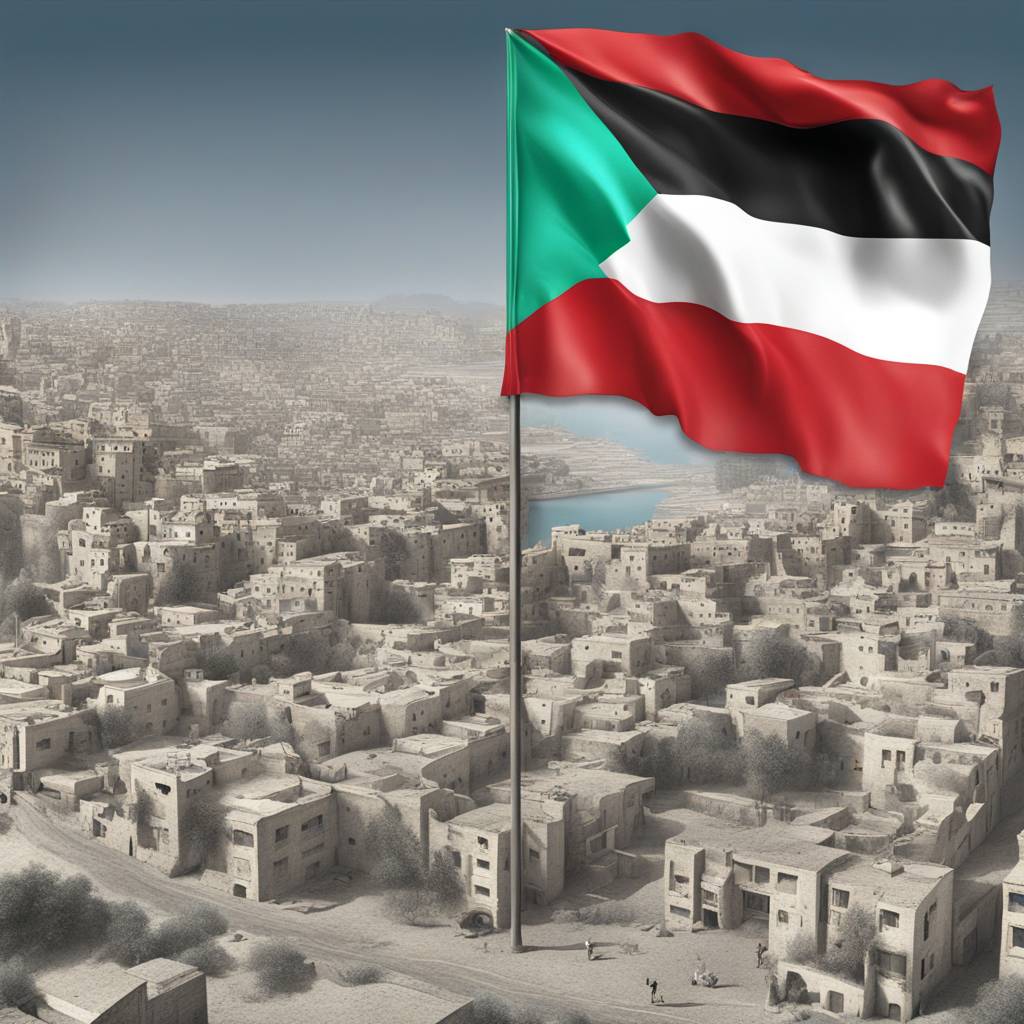This historical moment is evidence of failed policies as countries continue to adopt them despite their ineffectiveness. Rather than taking genuine steps towards peace, such as pressuring Israel to end settlement building and lift the blockade on Gaza, the United States is doing the opposite by increasing military support, using its veto power at the U.N. Security Council, and defunding critical Palestinian institutions like the U.N. Relief and Works Agency. This actions ultimately protect Israeli impunity and hinder the prospects of peace in the region.
The idea of a two-state solution has become increasingly hollow, with policymakers discussing recognition of a Palestinian state without addressing the end of Israel’s occupation of Palestinian territory. While the U.S. considers recognizing Palestinian statehood, it also defends Israel’s occupation at the International Court of Justice, citing “security needs” as justification for continued control over Palestinian territories. This contradiction highlights the complexities and challenges in achieving a lasting peace in the region.
The concept of partition, historically used by colonial powers to manage their colonies, has played a significant role in the Israeli-Palestinian conflict. The Balfour Declaration in 1917 called for a “national home for the Jewish people” in Palestine, without considering the Palestinian majority in the region. The 1947 U.N. plan further institutionalized partition, leading to the establishment of two independent states in Palestine. However, neighboring countries that had achieved independence from colonial rulers voted against the plan, viewing it as illegitimate and against the interests of the Palestinian people.
The Palestine Liberation Organization (P.L.O.) initially opposed partition, insisting on an indivisible territory and fighting for a secular, democratic state. By the 1980s, Palestinian leaders accepted partition as a pragmatic choice, despite resistance from some who saw it as a means to maintain Israeli control. This acceptance of partition led to the creation of non-sovereign, non-contiguous Bantustans, resembling apartheid regimes, which allowed Israel to maintain its domination over the Palestinian population.
Over three decades, Palestinians have come to realize that the aspiration for a two-state solution was never achievable, as Israel continued its expansionist policies and reliance on collaborationist Palestinian leaders. The illusion of partition has allowed Israel to maintain control over more non-Jews than Jews, presenting itself as a Jewish and democratic state separate from its occupation. The ongoing conflict and challenges in achieving a lasting peace highlight the complexity of the Israeli-Palestinian situation, as historical injustices and power dynamics continue to shape the region’s future.








